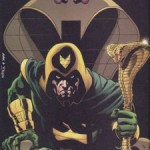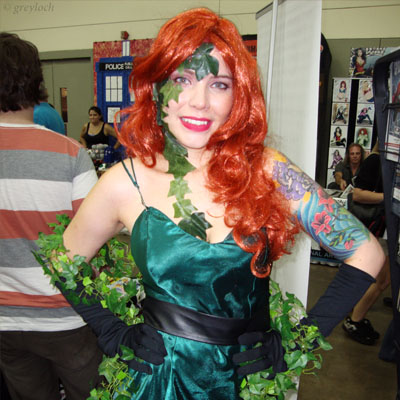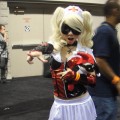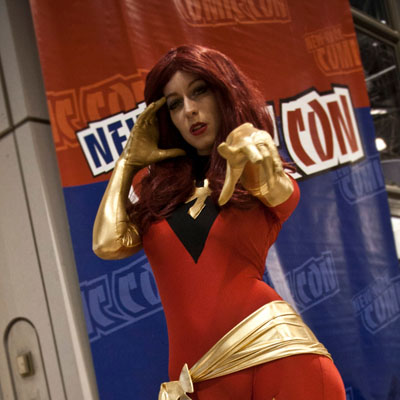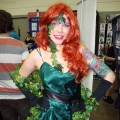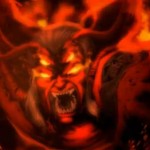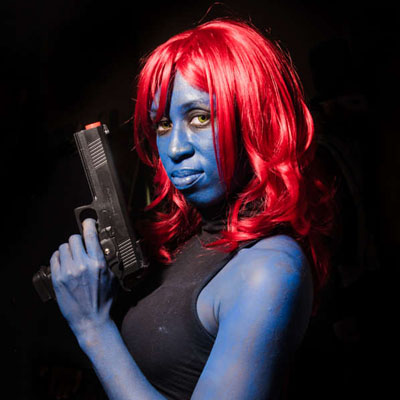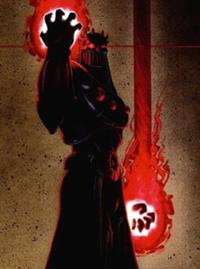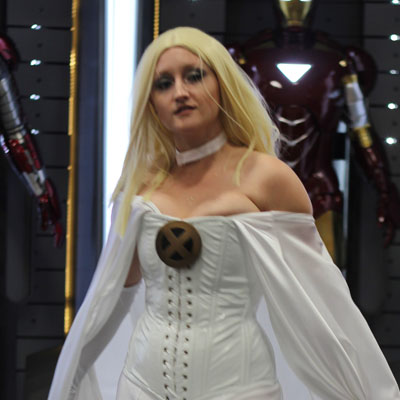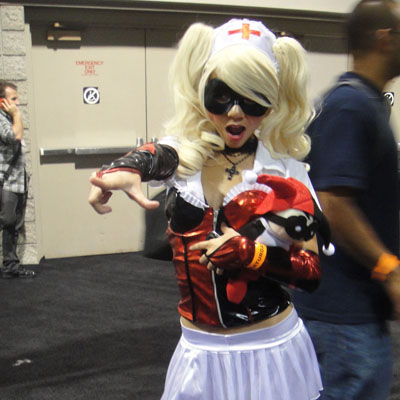This post is the sixth in a series of 7 Tips for Writing Epic Super Villains. Check out the earlier posts below:
- Tip 1. Forget the idea that “the villain is the hero of their own story”
- Tip 2. Make the Villain Mysterious
- Tip 3. The Villain has to Choose to be Evil
- Tip 4. Make the Villain Credible
- Tip 5. Make the Villain Scary
Tip 6. Never Make the Villain a Nemesis
As we’ve gone through this series on tips for creating epic super villains, we’ve run across a number of areas where the conventional wisdom is just wrong. This is one of those areas. Traditionally, we think of the nemesis as being the highest goal that a writer can have for a super villain. However, as we’ll see, making a character a nemesis can really limit the scope and potential of the super villain.
When we think of many of the classic super villains, the vast majority of them are nemesis of one of the classic superheroes. Consider: Batman and the Joker, Superman and Lex Luthor, Spiderman and Venom – all of these hero/villain pairs have had many battles together over the years and would be fair to say that each of those villains has dedicated his criminal career to defeating his superhero counterpart. In some cases, the villain is literally a mirror image or counterpoint to the hero.
When we look at Spiderman and Venom, we have a perfect example of hero and nemesis. Venom is an alien symbiont that Spiderman wore as a costume for a short time before realizing that Venom was actually turning Spiderman evil. Venom then found a new host and together, both of them are dedicated to destroying Spiderman. Where Spiderman wears a costume of blue and red, Venom is pitch black with a white spider symbol painted on it. Readers really enjoyed the clashes between Spiderman and Venom as these two nemeses went at it. But ask yourself this, would we be as satisfied reading a story about a clash between Venom and Iron Man?
When you make your villain a nemesis of the hero, you end up doing two things. First of all, you establish a very strong relationship between hero and villain that can make the conflict between the two very satisfying to readers. Second, and more importantly, you end up identifying the villain with the hero to the point where clashes with other heroes, or battles outside of the nemesis relationship, just don’t have the same dramatic weight that an epic villain would bring to the story.
In effect, when you make your villain a nemesis of the hero, you end up limiting the villain’s scope so that only the hero can ever effectively challenge the villain from a storytelling point of view.
Imagine what would happen if the Flash met the Joker. Now, there’s no question that the Joker is a very scary character. His homicidal mania combined with a brilliant, albeit deranged mind and his refusal to ever stop killing make him one of Batman’s toughest opponents. If there is any villain in Batman’s rogues’ gallery who deserves the title of nemesis, it’s definitely the Joker. But Flash would have the Joker stripped naked and tossed in jail in what? Two, maybe three seconds? There’s not a lot of dramatic tension in that particular story.
If anything, as you are designing your super villain, you are going to want to look at the whole range of heroes that this villain is likely to encounter in your world. And, you have to make that villain challenging enough, and scary enough, to make it look like he would win against any and all of them – hands down. If you are able to write your villain so that your mightiest superhero, combined with any other heroes in your world, would still lose in a stand up fight against him, then you are going to have readers salivating at the prospect of the conflict.
Now, there’s nothing wrong with establishing a relationship between hero and villain. But you want to avoid crossing over the line where the two of them become each other’s nemesis. At that point, your villain no longer becomes epic, and is condemned to facing off against the same hero over and over.
Let me emphasize that a nemesis is not a bad thing. There have been a lot of very successful stories written where the superhero faces his nemesis, and there is a lot of drama that can be mined out of that particular conflict. But at the same time, we are not looking at building a nemesis. We are looking at building an epic super villain. As we’ve seen above, there is a difference.
As an example of an epic villain, we go back to the DC Comics villain Kobra. This villain is the leader of a snake themed cult of assassins and terrorists with access to high technology. Kobra was one of a pair of identical twin brothers, and was raised by the cult to assume its leadership. When he found out about his twin brother, he set out to destroy him, seeing him as a weakness. Using a Lazarus pit that he built, he resurrected his own parents to use them to kill his twin brother. He was ultimately able to kill his brother by slaying his brother’s fiancée, resurrecting her, and then mind controlling her to stab a dagger into his brothers back. Along the way, he fought against Batman, Wonder Woman, the Flash, Superman, and the Suicide Squad. He was even able to defeat Batman in hand-to-hand combat. At no time did he ever become a nemesis of any of these characters, but he posed a significant threat to any and all of them combined. Although he hasn’t been used much in DC continuity, he is still one of the most frightening villains that the DC universe has created.
All trademarks and characters are the property of their respective owners. No challenge to any trademark status or ownership is made or contemplated. Any images used in this post are either Public Domain, or are used under Creative Commons licenses, or under the Terms of Fair Use under International Copyright Law which allows such use for comment and review purposes.
Tune in again tomorrow for another tip. Same bat-time, same bat-channel. In the meantime, let me know what you think of the tips and the series in the comment area below!
